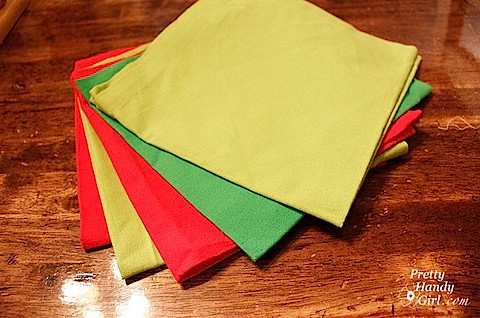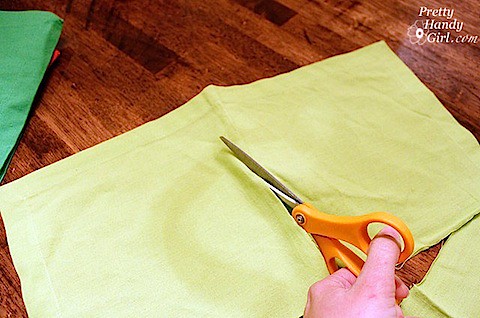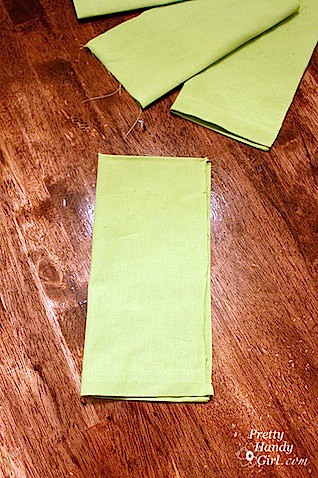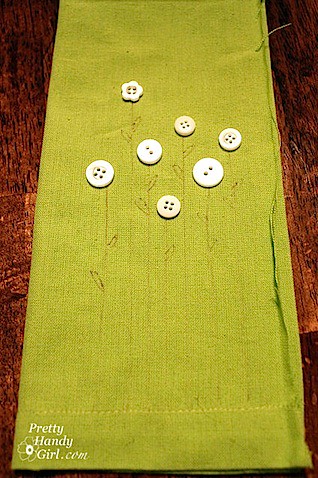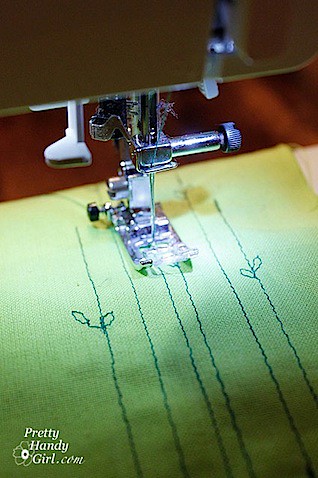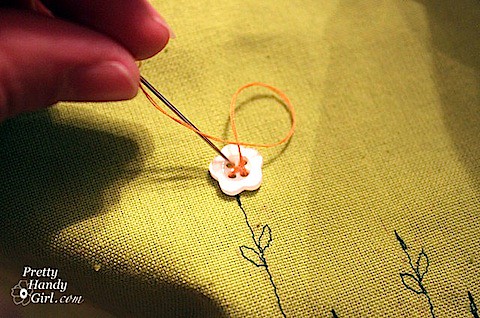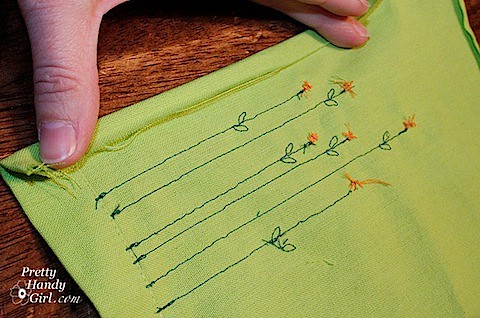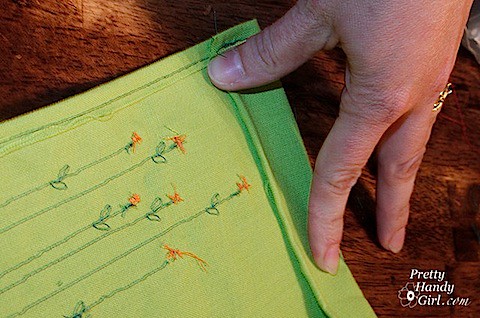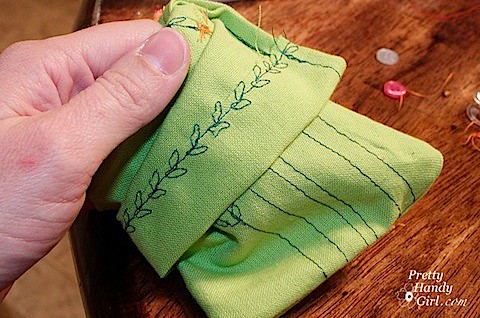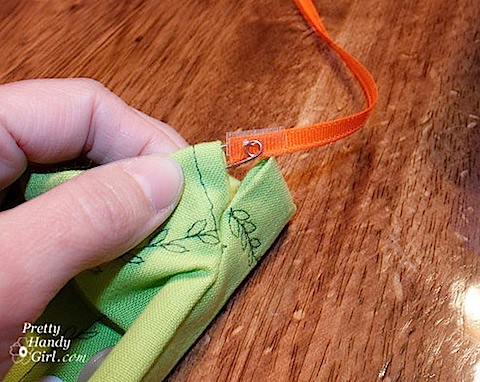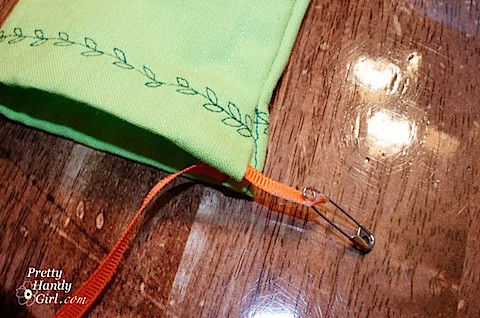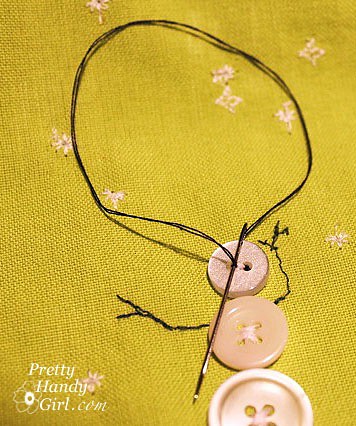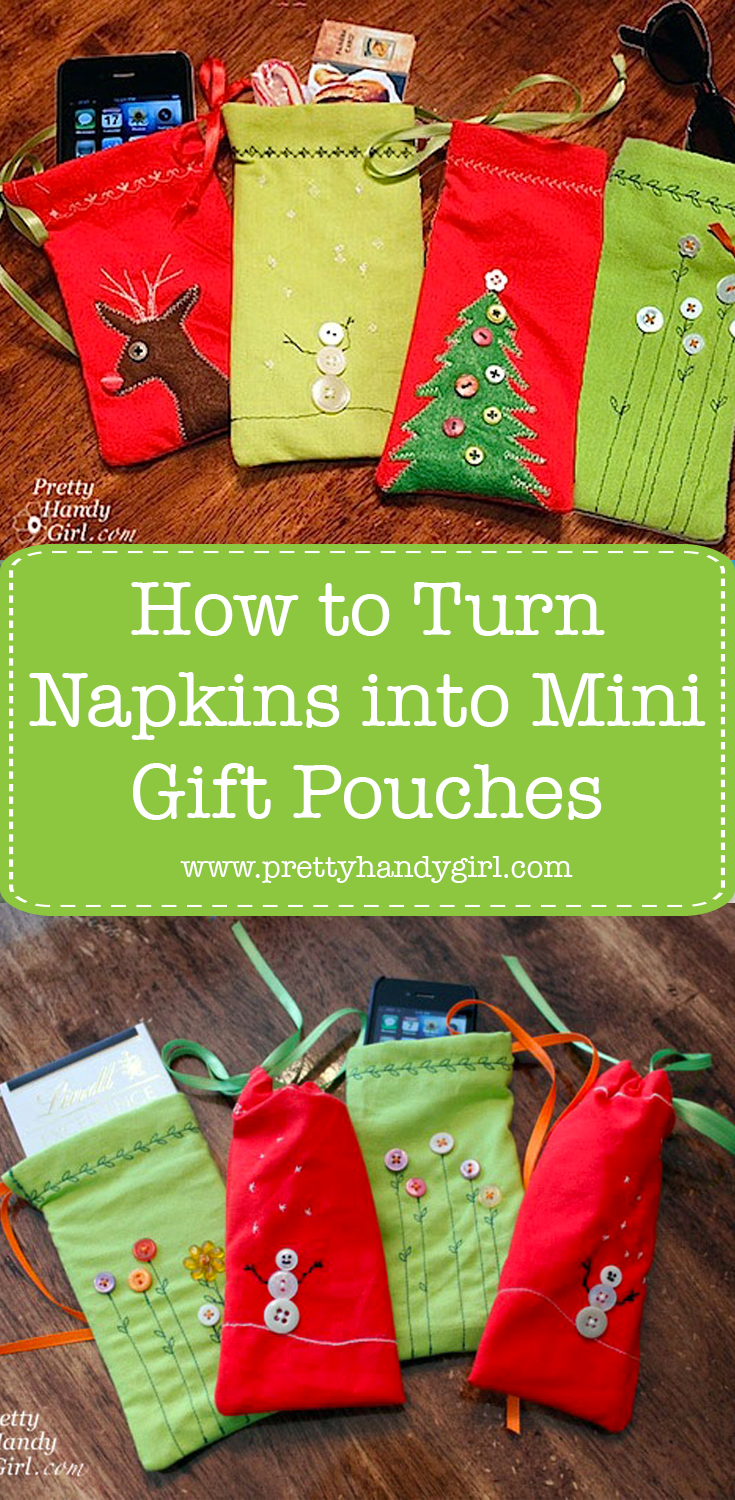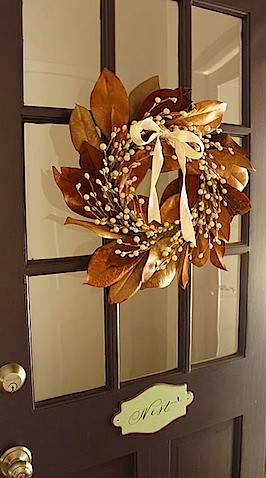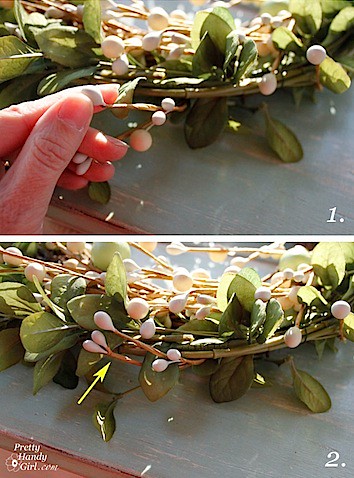Recently I was asked what my favorite tool is. My Ryobi 12 volt Lithium Ion battery cordless drill was the first thing to pop into my head. Barely a week passes that I don’t reach for my drill to assist with a few loose screws (not that I personally have any of those.) For a homeowner or DIYer, this tool is indispensable. It allows you to drill holes, remove or drive screws and – well – just look like you know what you are doing.
I don’t just like this power tool, I love my cordless drill! Shhhh, don’t tell Pretty Handsome Guy, he might be offended. My drill is my right hand man, helping me breeze through projects with power and speed.
About 15 years ago my father-in-law asked what I wanted for Christmas, and I boldly told him that I wanted a cordless drill. He kind of chuckled and said, “Heh heh. Okay.” You see we didn’t own a house at that time, and I was still a young woman in my 20’s. But, I had big DIY dreams and I knew I wanted a power tool.
Christmas morning I opened a present to reveal a brand new 18 volt Ryobi Cordless Drill. It had loads of power, two torque settings and the whizzing whir that made me feel like I was one mean carpenter! Plus, it came with a flashlight attachment that would make any nighttime lurker look like a deer caught in the headlights.
I have owned two more Ryobi cordless drills since that Christmas present. The first one had to be replaced when the battery no longer held a charge (and buying a new battery cost almost as much as a new drill.) The second one met its demise when I accidentally drove a screw right up against a fence post and didn’t notice that the chuck was winding the opposite way until the collar was stuck wide open.
So, it was back to my super box home improvement store to shop for a new drill.
As I was checking out the drills and learning about the merits of the lithium ion batteries, I asked about the voltage difference since I had been using a 14.4 volt drill. The salesman at the “Big Orange” told me that I wouldn’t notice the difference between a 12 volt and a 14.4 volt. Pisshwah! I did notice a difference, especially when trying to drive screws into hardwoods! (My DIY abilities are sometimes underestimated by a few.) But, the salesman was correct, under normal daily use I don’t notice the difference.
Two things that I DO really love about this new Ryobi 12 volt Lithium Ion drill:
1. Battery Life: Yes, yes, yes! What you have heard is true. The battery does last much longer. I’ve told you how much I use my drill, and I have only charged the battery on this drill three times since January 2010. That is 11 mos. of use including laying a sub-floor in our living room. The only downside to the lithium ion battery (but also could be considered an upside) is that the drill doesn’t slow or lose power until a few seconds before the battery is dead. Therefore there is very little warning that the battery is about to give up. At least this drill comes with a spare battery, so I always keep it charged.
2. Size and weight: 3.5 lbs. of cordless drill made me feel like I had some serious power in my hands! That is how much the old 18 volt Ryobi weighed. When I held the new 12 volt Ryobi drill, I embraced the lightness of its lithe 1.8 lbs! I can really appreciate the difference when reaching overhead to use the drill. Plus, this new drill with its smaller size and smaller grip fits perfectly in my hand.
As you can see below, my drill shows signs of being loved used frequently. But, it still works like the day I lifted it out of the box.
Some other features about this little green mean machine:
It comes with a charger, extra battery, a phillips and flat head bit. There is a magnetic bit shelf right above the battery. And a canvas storage case. But, my drill doesn’t get that much time stored away. It usually rests right here…
…ready to leap into action at a moments notice.
If you don’t own a cordless drill, I implore you to add this DIY essential to your holiday wishlist!
(I was not paid or compensated to write this post. This is my honest opinion and true feelings about my beloved cordless drill!)

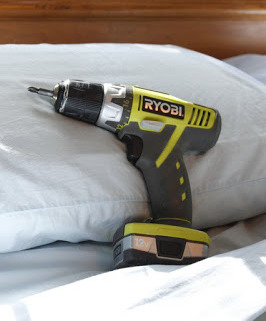
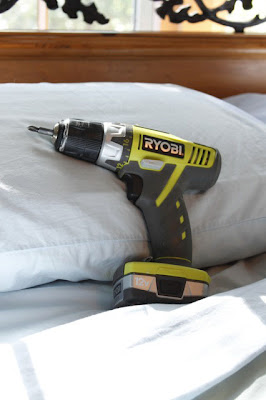


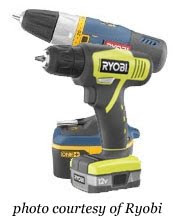

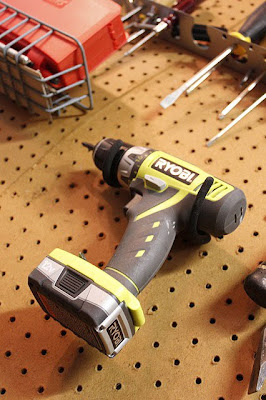
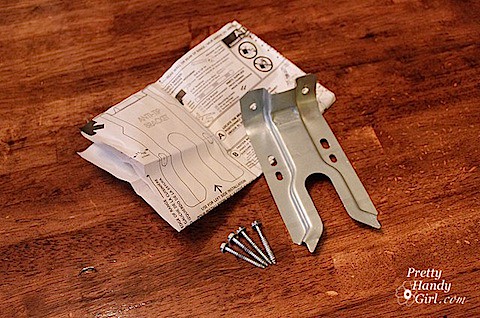
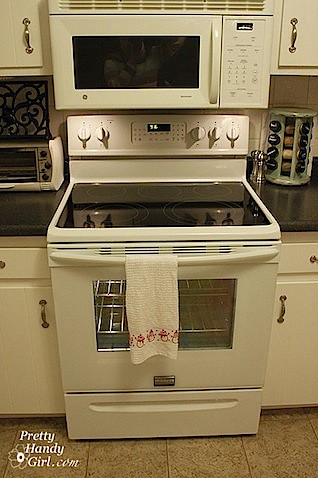
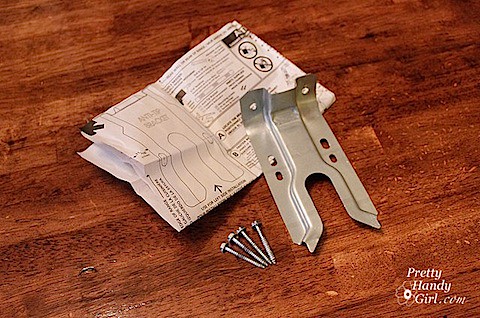



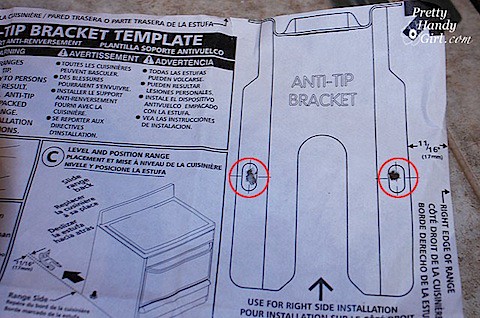
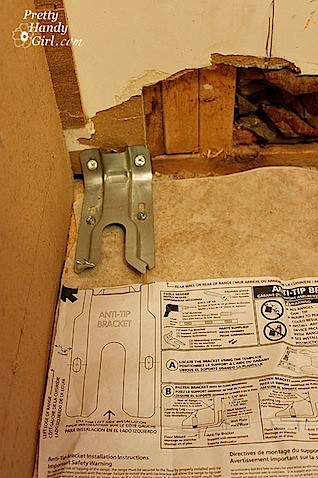
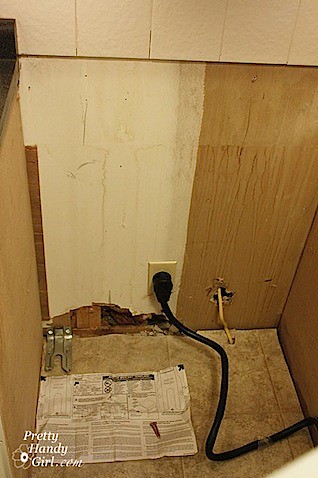
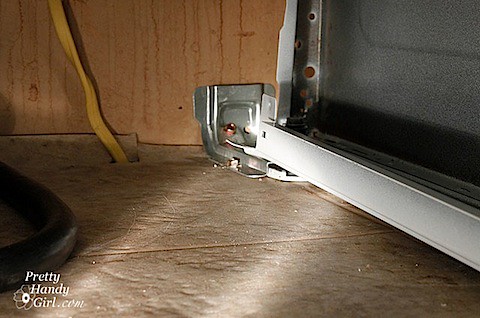


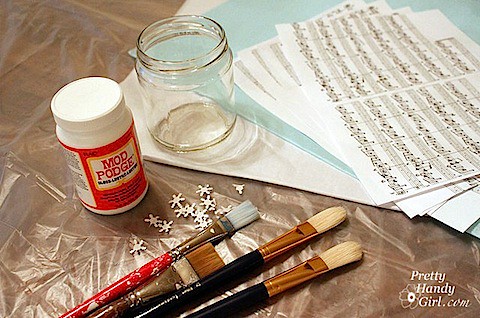








 Oh the quandary of what to get my boy’s teachers, the sitter, and all those other important people in our lives. Usually I take the easy way out and buy gift cards. Well – okay – I’m still going to give the gift cards, but this year I wanted to present them in something a little nicer. Something handmade with love. Cute mini gift pouches!
Oh the quandary of what to get my boy’s teachers, the sitter, and all those other important people in our lives. Usually I take the easy way out and buy gift cards. Well – okay – I’m still going to give the gift cards, but this year I wanted to present them in something a little nicer. Something handmade with love. Cute mini gift pouches!